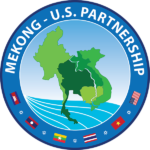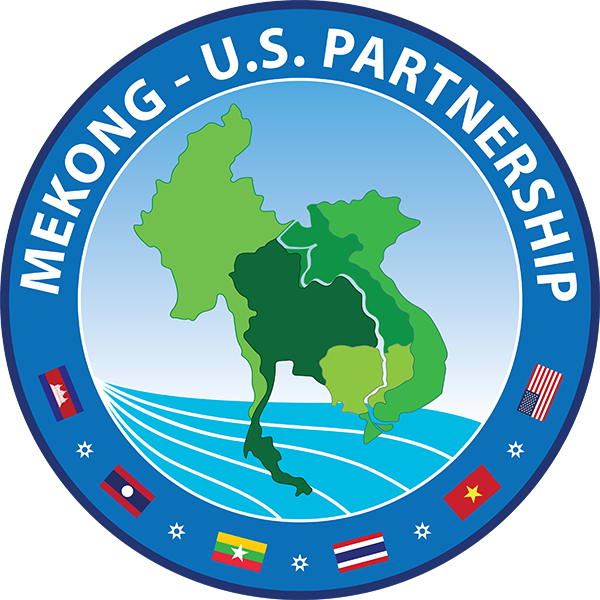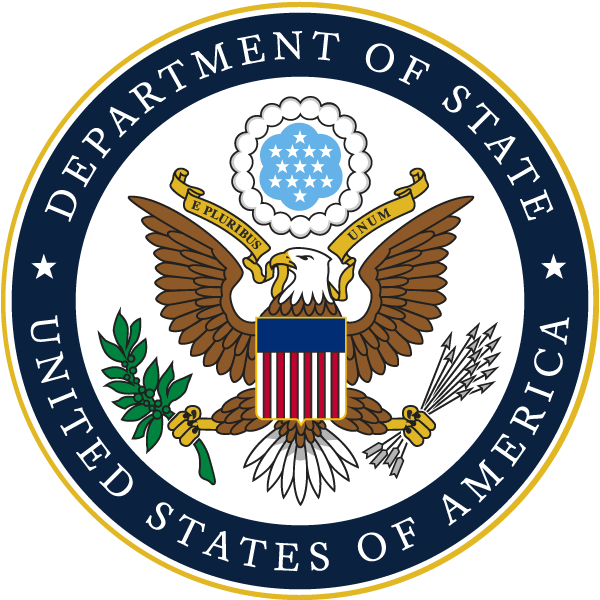Did you know that the US Government’s National Aeronautics and Space Administration (NASA) makes its data available online for free? People can also make use of its data tools and data “recipes,” through its online tutorials for accessing and using data.
Now, the Sustainable Infrastructure Partnership (SIP) is working with NASA and other government agencies to bring their technical expertise to water resource professionals, through a tailored training for ‘Improved Hydrological and Hydraulic Decision Support for the Mekong Basin.’ Participants learn to manage river basin conditions based on near real-time information.
The three-day training event from 21-23 July is a collaboration between the Mekong River Commission (MRC), NASA, the US Army Corps of Engineers (USACE), and the Korea Water Resources Corporation (K-water). It is the first in a series of six such events.
Reinvigorating the MRC

In a social media post following the kick-off meeting on 20 July, the MRC noted that the training forms part of its “reinvigoration exercise” for member countries, which will also upgrade the MRC’s tools and systems to provide faster and more reliable reactions to flow changes and basin development.
During the training this week, participants are becoming familiar with the software and modeling tools used by NASA, USACE and K-water, for modeling rainfall, surface water run-off, flood impacts and other environmental factors.
Recently, MRC CEO An Pich Hatda noted that severe droughts in 2019 and 2020 saw Mekong water levels fall to record lows. He called for a strategy that will balance development planning with the demands of economic growth, social improvement and protection of the environment (‘Why We Should Care About Fate of the Mekong,’ Nikkei Asia, 12 July 2021).
Promoting Accountability
Improving the technical capability of its member countries is a step towards making this a reality, said Dr Pinida Leelapanang Kamphaengthong, manager of Mekong Programs, including SIP. The use of web-enabled tools and data by water resource agencies in the Lower Mekong region promotes transparency of decision making about the use of Mekong River water and related resources. This in turn promotes accountability among all countries that share the Lower Mekong Basin.
“Mekong countries are seeking up-to-date modeling tools and satellite data to better respond to, and mitigate, flood and drought in real-time, as well as filling gaps in the availability of on-the-ground data,” she added. “As the MRC reinvigorates its information system and forecasting capabilities, this cooperation is very timely.”

SIP is managing this training in its role as a technical coordinator for Friends of the Lower Mekong (FLM), a group of countries seeking to improve donor coordination in development aid to Cambodia, Lao PDR, Myanmar, Thailand, Vietnam and the US. FLM members are Australia, Japan, Republic of Korea, New Zealand, the EU, the Asian Development Bank, and the World Bank. The training series is the first multilateral collaboration that is enabling knowledge transfer from three technical partners: K-water, USACE, and NASA.
The work is financially supported through the Mekong-Korea Cooperation Fund and the Mekong-US Partnership as part of its Mekong Water Data Initiative.

 Mekong - U.S. Partnership
Mekong - U.S. Partnership


